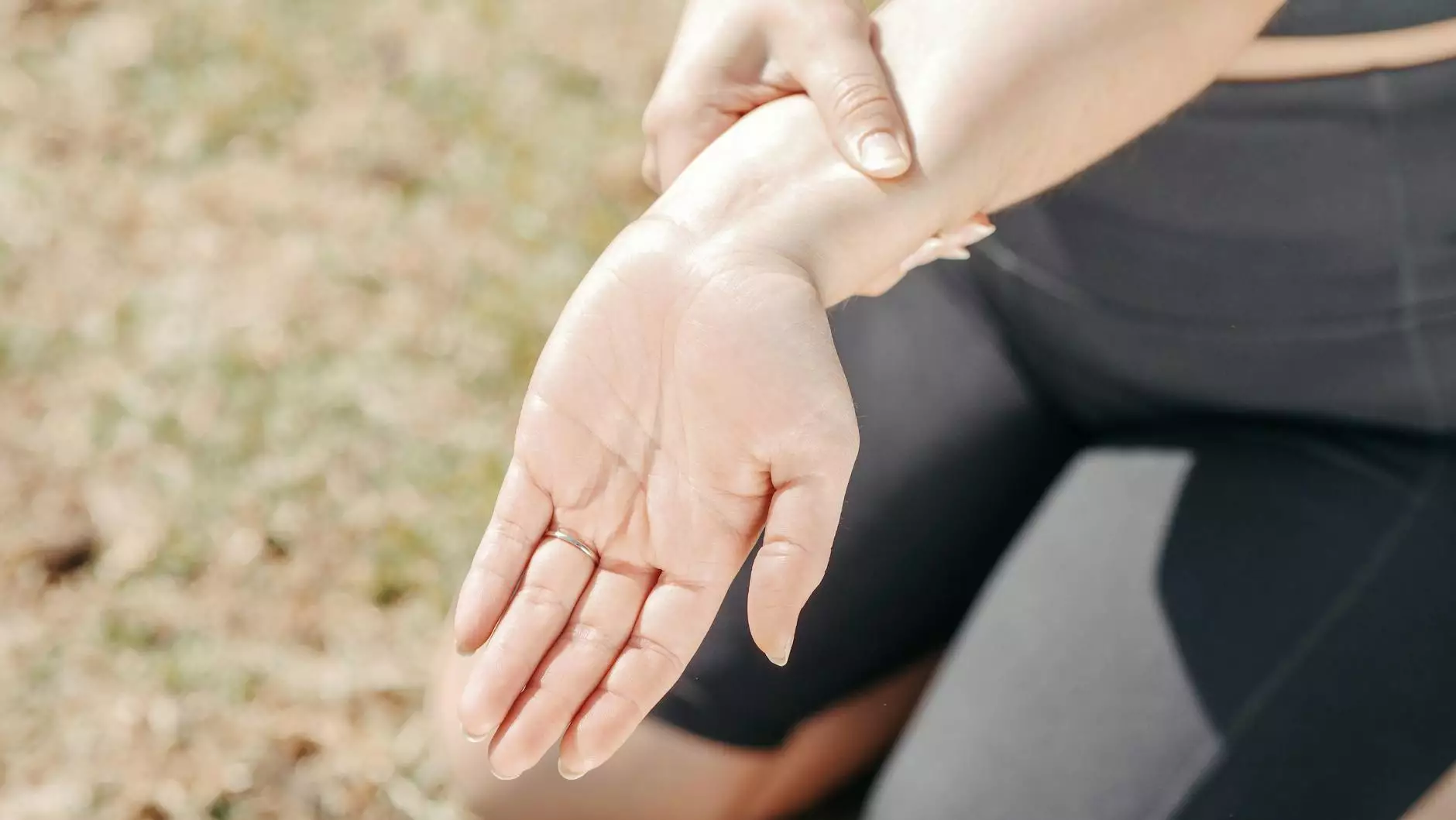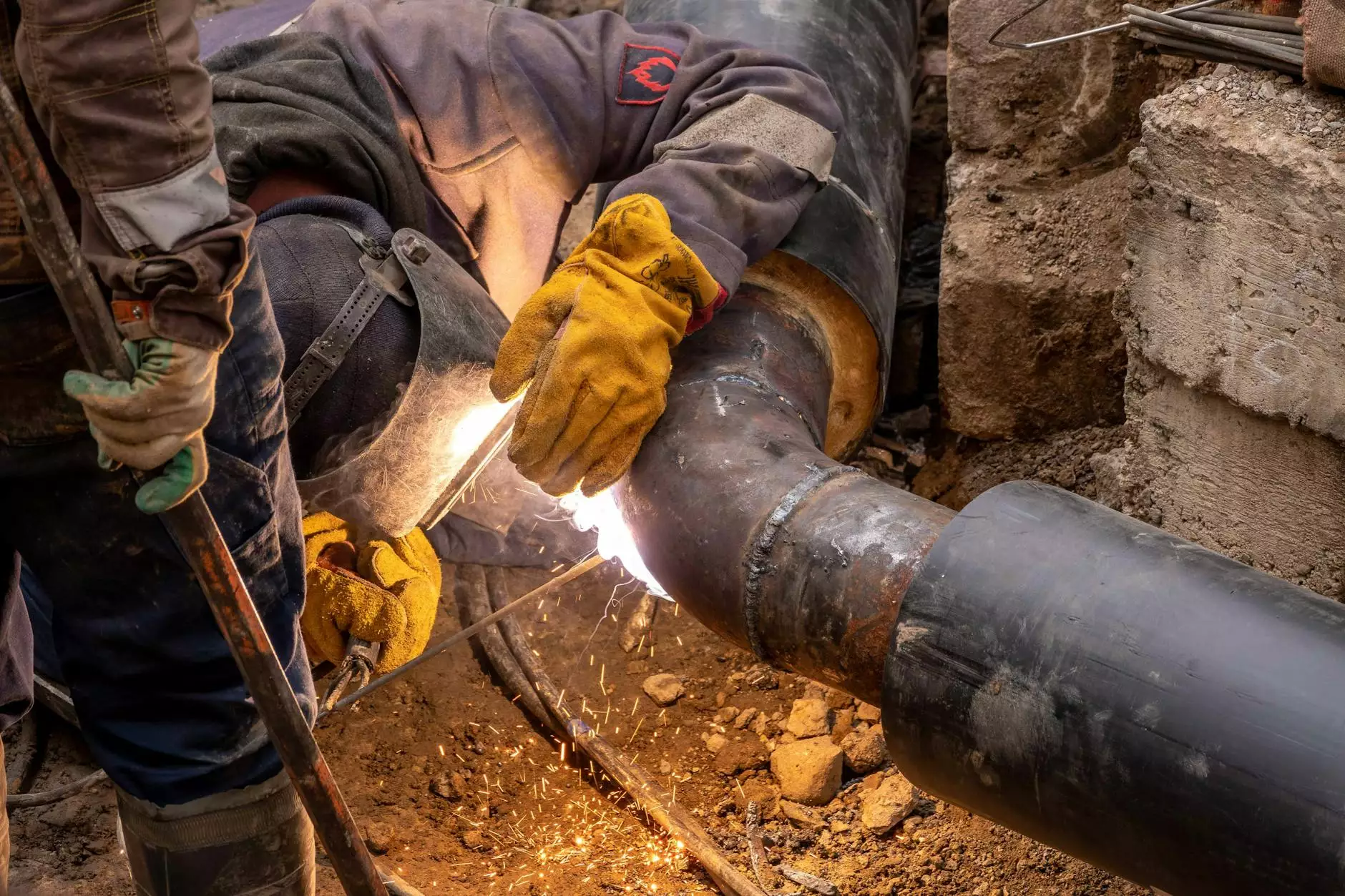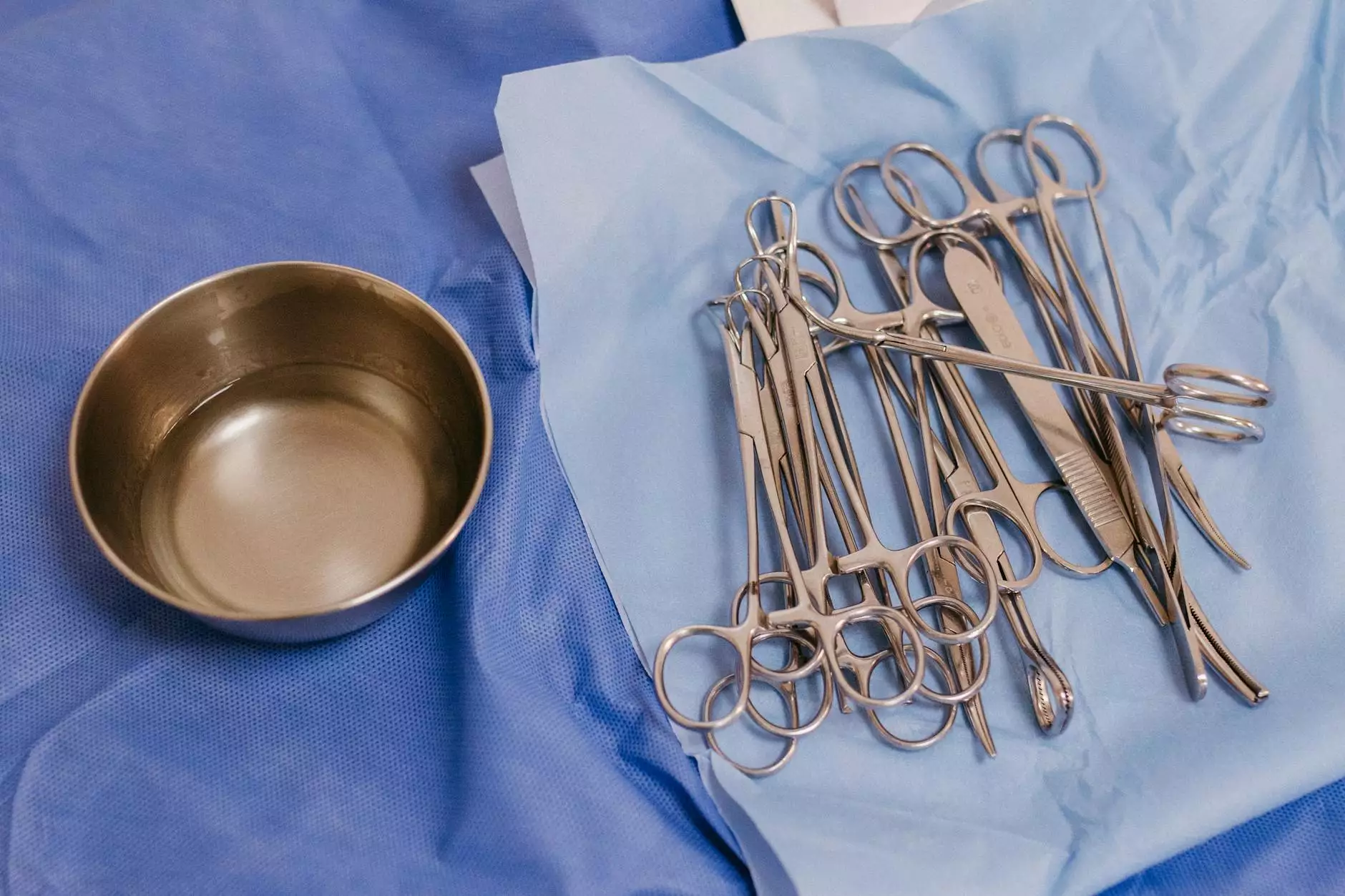Tendinopathy vs Tendonitis vs Tendinosis: Understanding the Differences

In the realm of orthopedic health, tendinopathy, tendonitis, and tendinosis are terms frequently mentioned but often misunderstood. These conditions can significantly affect an individual's quality of life, particularly for active individuals and athletes. This comprehensive article will delve deep into each condition, detailing their differences, symptoms, causes, treatments, and preventative measures
.What is Tendinopathy?
Tendinopathy is a broad term that describes any condition that involves the tendons, the thick cords that connect muscles to bones. It encompasses both tendonitis and tendinosis, making it essential to understand its intricacies. Tendinopathy arises from chronic tendon irritation, leading to degeneration, pain, and compromised function.
Symptoms of Tendinopathy
Individuals experiencing tendinopathy may note:
- *Pain* around the joint or tendon, especially during movement
- *Stiffness* upon waking or after periods of inactivity
- *Swelling* or thickening of the affected tendon
- *Reduced strength* or ability to use the affected limb
Causes of Tendinopathy
The development of tendinopathy can be attributed to various factors, including:
- *Overuse* of the tendon due to repetitive activities
- *Aging*, where tendons lose elasticity and flexibility over time
- *Injury* or trauma to the tendon
- *Poor biomechanics* during sports or activities
Treating Tendinopathy
Effective management of tendinopathy often requires a combination of approaches:
- *Rest and Activity Modification*: Allowing the affected tendon to heal by reducing the strain.
- *Physical Therapy*: Tailored exercises and manual therapy to strengthen the tendon and improve mobility.
- *Medications*: Anti-inflammatory medications can help alleviate pain.
- *Surgery*: In severe cases, surgical intervention may be necessary to remove degenerated tissue.
What is Tendonitis?
Tendonitis refers specifically to the inflammation of the tendon in response to acute injury or overuse. Unlike the broader term of tendinopathy, tendonitis denotes a more acute condition characterized primarily by inflammation.
Symptoms of Tendonitis
Symptoms associated with tendonitis may include:
- *Localized pain* that worsens with movement
- *Tenderness* to the touch around the affected tendon
- *Swelling* or warmth in the area
- *Reduced range of motion*
Causes of Tendonitis
Common causes of tendonitis include:
- *Repetitive movements* in sports or occupations
- *Sudden increases* in physical activity level
- *Improper techniques* in sports or physical activities
- *Previous injuries* that never completely healed
Treating Tendonitis
Management strategies for tendonitis often include:
- *Rest and Ice*: Initially resting the tendon and applying ice can help reduce inflammation.
- *Physical Therapy*: Engaging in specific exercises to promote healing and restore function.
- *Anti-inflammatory medications* to reduce pain and swelling.
- *Injections*: Corticosteroid injections may sometimes be suggested for significant inflammation.
What is Tendinosis?
Tendinosis refers to the chronic degeneration of the tendon, typically as a result of repetitive stress or prolonged strain. This condition often arises from untreated tendonitis that has persisted long enough to cause degenerative changes within the tendon.
Symptoms of Tendinosis
The symptoms of tendinosis can be quite distinct:
- *Chronic pain* that doesn’t improve with rest and persists for months
- *Stiffness* that improves with movement but returns after periods of inactivity
- *Loss of strength* in the affected area, affecting the range of motion
- *Visible thickening* of the tendon
Causes of Tendinosis
Factors contributing to the development of tendinosis often include:
- *Chronic overuse* without adequate rest
- *Aging*, which impacts tendon nutrition and repair processes
- *Poor vascularity*: Tendons with less blood supply are more prone to degeneration
- *Previous injuries* that could set the stage for tendinosis if not properly rehabilitated
Treating Tendinosis
Tendinosis treatment is more complex due to its degenerative nature:
- *Gradual rehabilitation* through physical therapy focusing on eccentric strengthening exercises.
- *Shockwave Therapy*: Modern treatment that promotes healing by sending acoustic waves into the affected area.
- *Platelet-Rich Plasma (PRP) Therapy*: Where the patient's own platelets and growth factors are injected to promote healing.
- *Surgery* in severe cases to remove degenerated tissue and repair the tendon.
Key Differences Between Tendinopathy, Tendonitis, and Tendinosis
To summarize the distinctions among these terms, here’s a concise breakdown:
ConditionDefinitionDurationSymptomsTreatment ApproachTendinopathyGeneral term for tendon conditions including both tendonitis and tendinosis.ChronicGeneral pain, stiffness, swelling.Rest, therapy, medications.TendonitisAcute inflammation of the tendon.Acute to subacuteSudden pain, tenderness, swelling.Rest, ice, physical therapy, medications.TendinosisChronic degeneration of the tendon.ChronicLong-term pain, stiffness, weakness.Rehabilitation, shockwave therapy, PRP, surgery.Prevention Strategies
Preventing tendon injuries is vital for maintaining an active lifestyle. Here are some practical strategies:
- *Warm up and Stretch*: Engage in proper warm-up and stretching exercises before any physical activity.
- *Gradual Progression*: Increase your activity levels gradually to avoid overuse.
- *Use Proper Equipment*: Ensure you use the right footwear and gear for your activities.
- *Listen to Your Body*: Pay attention to signs of discomfort and modify activities as needed.
- *Cross-train*: Diversify your workout routine to avoid repetitive strain on the same tendon.
Conclusion
In the battle of tendinopathy vs tendonitis vs tendinosis, understanding the distinctions between these conditions is crucial for effective treatment and prevention. Whether you are an athlete, a fitness enthusiast, or someone who occasionally engages in physical activity, being aware of how to care for your tendons can lead to a healthier, more active lifestyle. Don’t hesitate to consult healthcare professionals if you notice persistent pain or weakness in your tendons. Early intervention is often the key to successful recovery and prevention of more significant issues.









